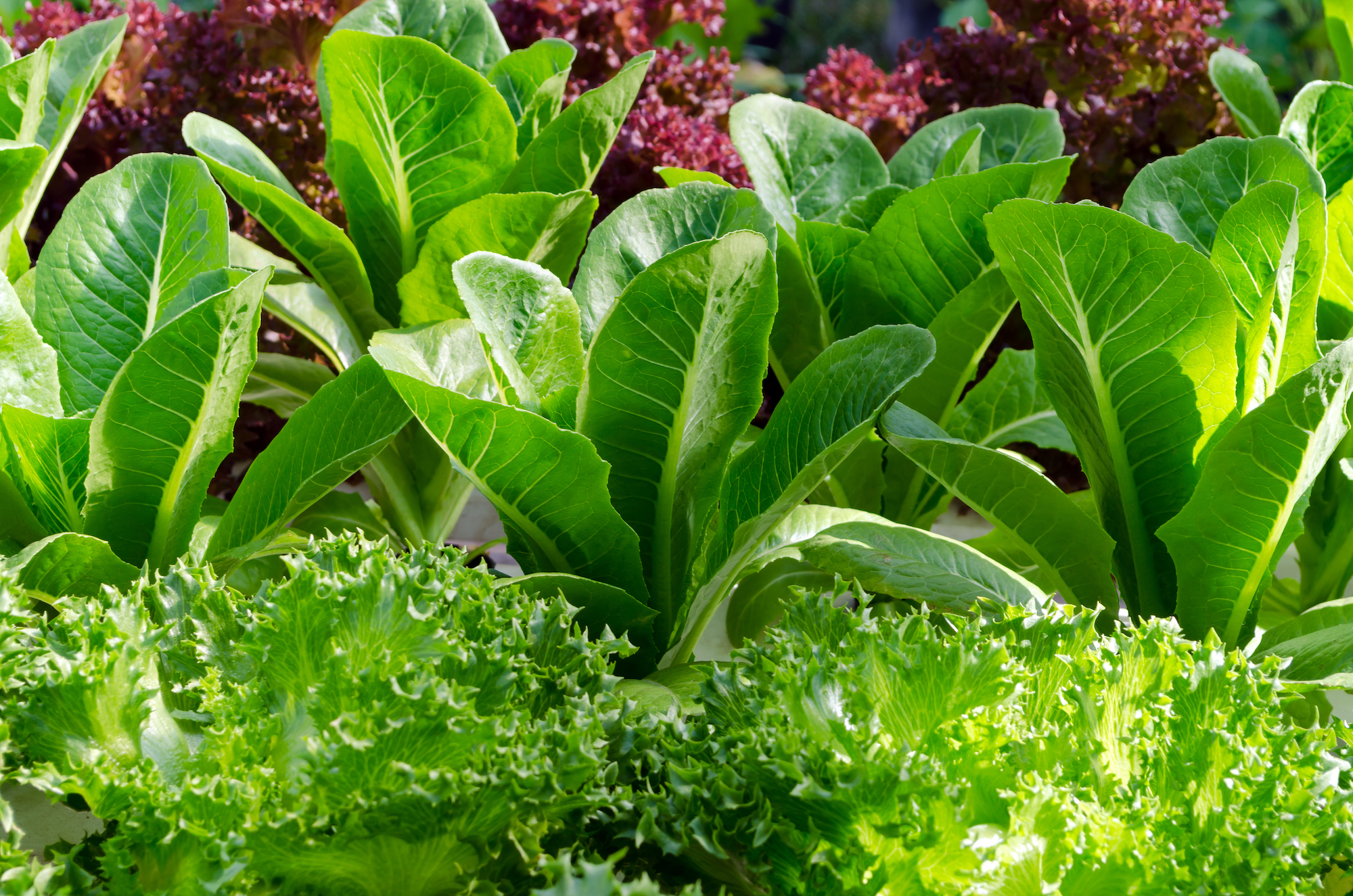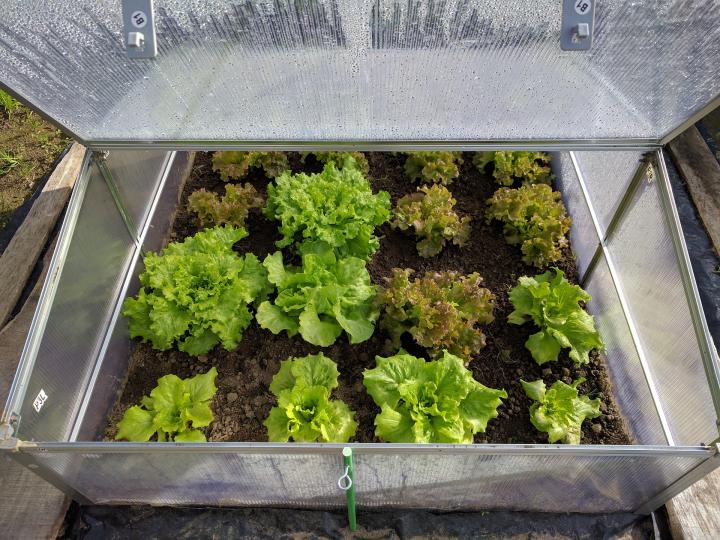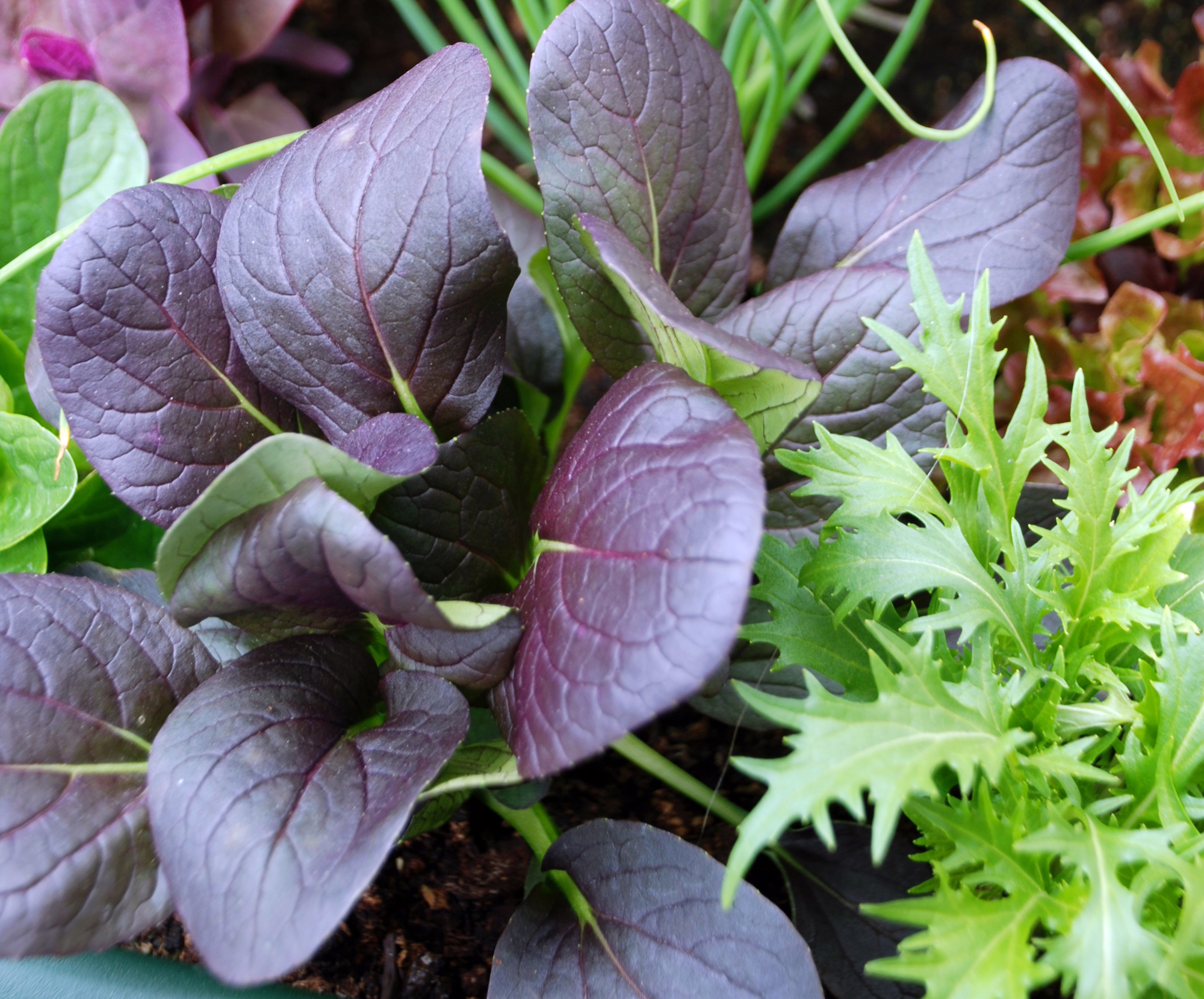
Planting, Growing, and Harvesting Lettuce
Lettuce makes the perfect base for any number of salads. Try these eight great salad recipes with your harvest!
ADVERTISEMENT
May I know who is the author of the article in lettuce?
I have grow lights for the first time and was wondering if I could successfully grow lettuce now, inside. It is February 5 here in CT. Thanks.
Yes you can. I am located in southwestern Ontario and grow lettuce and herbs year round under grow lights. Just incorporate an oscillating fan on very low to blow over the plants for about 30-40 mins each day
Thank you. I’ll try it!
I bought transplant lettuce at the grocery store (established plants, ready to plant). They did well after I planted them in the planters, and doubled their growth. So, I decided to harvest it. But, I cut almost all of the leaves, including the ones in the center. Did I kill my lettuce plants or will they regrow? We live in an area in Europe where the weather is between 40’s, for lows, and 50’s for highs all day....Thank you for your insight!













Comments